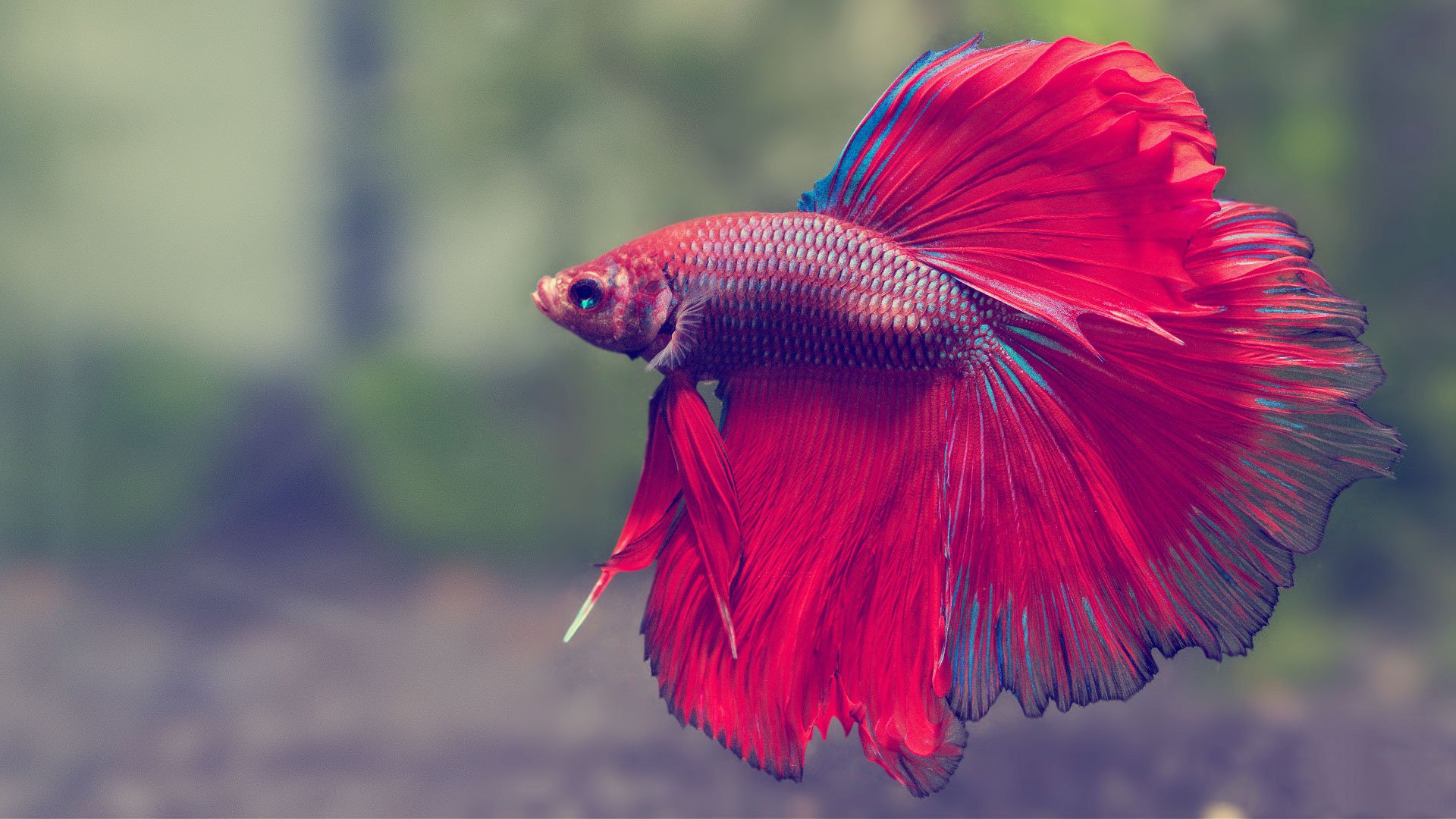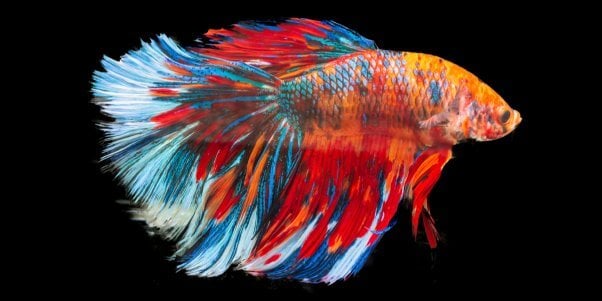Understanding Betta Fish Habits: What Every Owner Must Know
Wiki Article
Just How to Breed Betta Fish Efficiently: Expert Techniques and Insights for Hobbyists Seeking To Increase Their Betta Collection
Reproducing Betta fish requires a nuanced understanding of genetics and ecological problems, making it necessary for enthusiasts to approach the procedure with both diligence and treatment. Creating an ideal reproduction atmosphere, choosing the right pairs, and observing the details of their courtship behaviors are fundamental actions that can considerably influence the result. Moreover, the succeeding treatment of the fry is vital for guaranteeing their healthy advancement. As we explore these vital parts, it comes to be clear that effective breeding is not simply regarding the first pairing yet incorporates a broader strategy that merits careful consideration.Recognizing Betta Fish Genes
Comprehending the genes of Betta fish is critical for successful reproduction, as it influences characteristics such as color, fin form, and habits. Betta fish display a varied range of colors and patterns, greatly determined by their hereditary makeup. The primary genetics liable for pigmentation consist of the "B" gene for blue, "D" genetics for red, and the "C" gene for color strength. Breeders can adjust these attributes by selecting certain moms and dad fish that exhibit wanted qualities.Along with coloration, fin morphology is an additional considerable aspect of Betta genes (betta fish). The form and size of fins are influenced by various genetics, consisting of those that identify whether the fins are short, long, or veil-shaped. Comprehending these hereditary variations assists breeders anticipate the phenotypic outcomes of their offspring
Additionally, behavioral qualities such as aggressiveness and territoriality can also be affected by genes. These behaviors play an essential duty in the breeding procedure, as they can influence generating success and the overall character of the resulting fry. By adequately comprehending these genetic principles, dog breeders can make educated choices, inevitably improving their reproduction programs and accomplishing desirable outcomes.
Preparing the Reproduction Atmosphere
Developing an optimal reproduction environment is vital for the effective reproduction of Betta fish. The very first step in preparing this atmosphere is to pick an ideal reproduction tank, preferably varying from 5 to 10 gallons. This dimension permits for adequate swimming area and the establishment of regions. The storage tank must be outfitted with a heater to preserve a secure temperature between 78 ° F and 80 ° F, which is vital for motivating spawning habits.Following, consider the use of a sponge filter or an air rock to offer mild water circulation without producing strong currents that can worry the fish. It is important to install plants or reproducing cones to provide concealing spots and advertise comfort for the woman during the spawning procedure. Floating plants, such as Java moss or water sprite, can likewise develop a much more native environment while assisting in bubble nest structure by the man.
Before introducing the breeding sets, make certain the water is conditioned and devoid of damaging chemicals, such as chlorine or heavy steels. betta fish. Routine water adjustments must be carried out to maintain optimal water top quality, improving the opportunities of effective reproduction. With these prep work in area, the reproducing environment will support the health and wellness of both Betta fish
Choosing Breeding Pairs
Selecting the best reproduction sets is crucial for attaining successful Betta fish recreation. Healthy and balanced Betta fish More about the author display vivid shades, clear eyes, and energetic habits.Personality is an additional crucial factor to consider, as Betta fish are understood for their hostile nature. It is suggested to pick a male and lady that display compatible temperaments to lessen anxiety during the breeding process. A tranquil male can urge a smoother courtship, while a woman that is too hostile may interfere with the procedure.
Hereditary background likewise plays a significant role in the quality of the offspring. Reproducing fish that are genetically varied can reduce the risk of genetic health and wellness concerns and boost the general vitality of the fry. It is beneficial to research the family tree of both the male and woman, focusing on desirable traits such as fin type, color scheme, and size.
The Breeding Process
The recommended you read breeding process of Betta fish needs mindful preparation and interest to detail to guarantee an effective outcome. It is important to prepare a suitable reproduction storage tank, preferably a 5-10 gallon aquarium with a temperature level kept at 78-80 ° F. The tank should be furnished with a heater, filter (ideally sponge kind to avoid solid currents), and lots of water plants for the lady to conceal.As soon as the atmosphere is set, present the selected reproducing set to the container, permitting them to accustom. Observe their habits; the male will certainly present sophisticated courtship rituals, consisting of flaring his fins and building a bubble nest. If the lady shows passion, she will certainly present vertical red stripes indicating preparedness for spawning.
When the female is responsive, both will certainly participate in a breeding accept, throughout which the male fertilizes the eggs. It is important to check their communications closely, as the male may become hostile. After generating, remove the woman to stop prospective injury. The male will have a tendency to the eggs, which usually hatch within 24-36 hours. Preserving optimum water conditions throughout this period is crucial for the advancement of healthy and balanced Betta fry.
Caring for Betta Fry

Feeding Betta fry is important, as they require a diet plan high in protein. They can be fed infusoria or fluid fry food, transitioning to carefully smashed premium pellets as they expand. Feed little portions multiple Extra resources times a day to urge healthy growth without overloading the storage tank with leftover food.

As they mature, monitor their development closely and divide any kind of aggressive people to prevent injury. By providing a nurturing setting and correct nutrition, hobbyists can effectively increase Betta fry right into vivid, healthy and balanced fish, ultimately improving their breeding undertakings.
Final Thought
Successful Betta fish reproduction needs careful focus to genetic option, environmental conditions, and take care of the fry. By understanding the genes of Betta fish and preparing a proper breeding setting, hobbyists can improve the opportunities of producing vivid, healthy and balanced spawn. Selecting suitable breeding pairs and very closely monitoring the courtship and generating processes are essential. Finally, giving ideal take care of the fry guarantees their healthy advancement, adding to a successful Betta collection.Report this wiki page